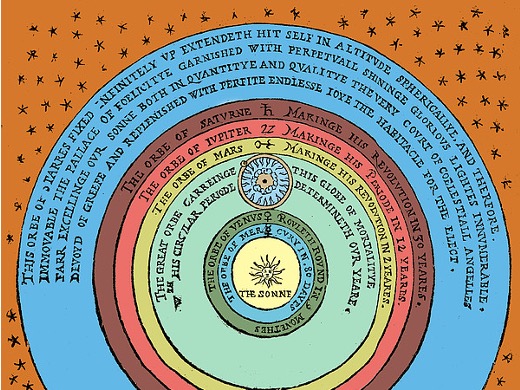Totally Tubular! Heliocentric Puzzles in 6th Grade Science
6th grade scientists reflected on their explanations for the “Puzzle Tube” this Wednesday. The Puzzle Tube is an invention of their teacher—an opaque tube with four rope-ends protruding, which produce unexpected movement when each rope is pulled. The challenge to students was this: using your observations, propose and then build a model that explains the inner workings of the tube. Initially, students practiced making qualitative and quantitative observations about the Puzzle Tube. They drew diagrams of what might be in the center, and practiced claim-evidence reasoning to justify their theories. Pairs of students then agreed on their best working theory and built a model of it using new string, tubes, and clips. They presented their theory and model to the class to compare and contrast it with others’. Along the way, students connected this problem-solving challenge to historical instances of scientists advocating for new models about difficult-to-observe phenomena. For example, they learned about people who first brought evidence to develop the model of a spherical Earth (e.g. noticing that Orion’s belt flips orientation across hemispheres, that the shadow the Earth casts on the moon is round, and that the front of boats sinking more/earlier than the mast as the ship travels towards the horizon). They also learned about Galileo’s early observations and proposal of the theory of heliocentrism (e.g. based on observations of phases of Venus observed from Earth).
I always thought the scientific method was a firm process that you have to do in order, but this actually kind of changes what I think the method is.
In the end, students across classes converged on one of two working theories that best explain the observations they were able to make of the Tube. They referenced University of CA Berkeley’s Understanding Science flowchart, in order to analyze their own process and see how science is, in fact, non-linear. They shared comments like, “I always thought the scientific method was a firm process that you have to do in order, but this actually kind of changes what I think the method is.”
And, “sometimes we can see things but we don’t know what it means so we have to figure it out.”
They left “pretty curious how it actually works” but accepting that in science sometimes the best we know is what we can puzzle out!

